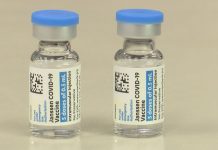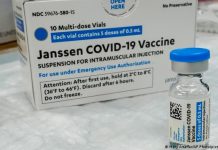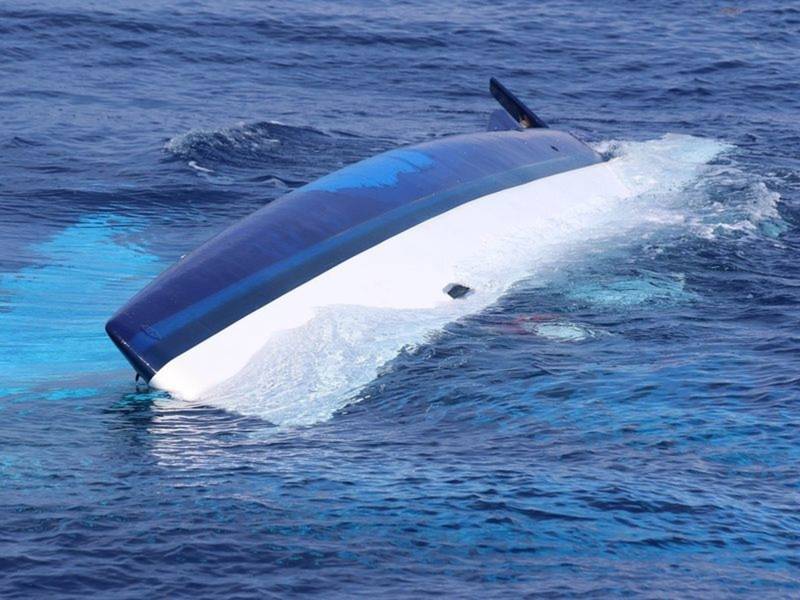A study released this week highlights how 6 million Americans are living with drinking water that’s laced with toxic chemicals. Coupled with that report – another study that shows how those chemicals suppress the immune system – especially among children.
The chemicals, called polyfluoroalkyl and perfluoroalkyl substances (PFASs), repel both oil and water and are used in a wide range of commercial products, from paint to clothing to nonstick cookware. Although the entire family of PFASs is poorly studied, two of them—perfluorooctanesulfonic acid (PFOS) and perfluorooctanoic acid (PFOA)—are linked to health problems including high cholesterol, immune deficiency, hormone disruption, kidney and testicular cancer.
“These compounds are not regulated,” Xindi Hu, lead author of the study published today in Environmental Science & Technology Letters told Gizmodo. “We are looking at a big family, and the EPA only monitors a few of them.”
“People have a right to know what’s in their drinking water.”
To understand the distribution of these harmful toxins in the environment, Hu and her colleagues analyzed EPA data on six PFAS compounds that are actively monitored across 4,864 water supplies in 33 US states. Overall, the researchers found elevated PFAS levels in 194 water supplies. Of these, 66 water supplies contained levels of PFOS and PFOA exceeding the EPA safe drinking limit of 70 parts per trillion.
Newark, New Jersey’s water supply was one of the most contaminated, with a whopping 1,800 parts per trillion of dangerous PFAS compounds. Warminster, Pennsylvania was also in pretty bad shape, with PFAS levels of nearly 350 parts per trillion. In total, the PFAS-contaminated water supplies evaluated in the study serve six million Americans.
Hu’s analysis revealed that water supplies near industrial sites, military bases where firefighting foam is used, and wastewater treatment plants were more likely to be contaminated. But broader geographic patterns were pretty sketchy, owing in part to the fact that nearly a third of the US population drinks water with no government PFAS data whatsoever.
“We are trying to help the EPA identify areas for future study, where data is lacking,” Hu said. “If this dataset was nationwide, that could allow more detailed recommendations in individual areas.”
Hu and her co-authors are continuing to study the long-term health effects of PFAS exposure. Another Harvard-led study, published today in Environmental Health Perspectives, found that individuals from the Faroe islands who were exposed to PFAS compounds at a young age built up fewer antibodies to tetanus and diphtheria vaccines, suggesting long-term exposure can impair the development of a healthy immune system.
While the EPA continues to wrestle with how to implement long-overdue regulations for industrial pollutants, it has started issuing health advisories on a state and local level, prompting some communities to warn their residents off the water until a solution can be found. Unfortunately, most off-the-shelf household filters are not effective at removing PFAS chemicals, although activated carbon filters and reverse osmosis methods show potential, Hu said.
“I’d first encourage concerned citizens to talk to their local health department, to figure whether the level [of PFAS compounds] is very high,” Hu said. “People have a right to know what’s in their drinking water.”
Jean G. Thomas













